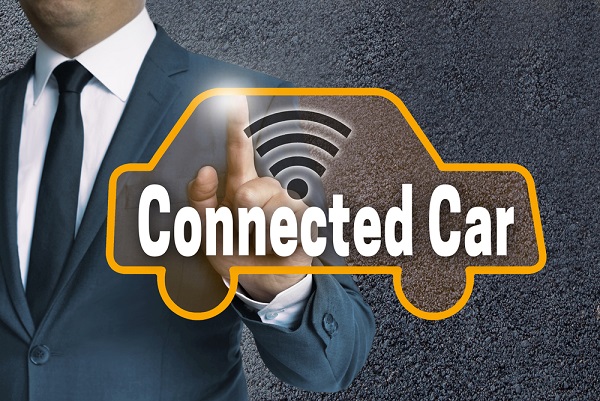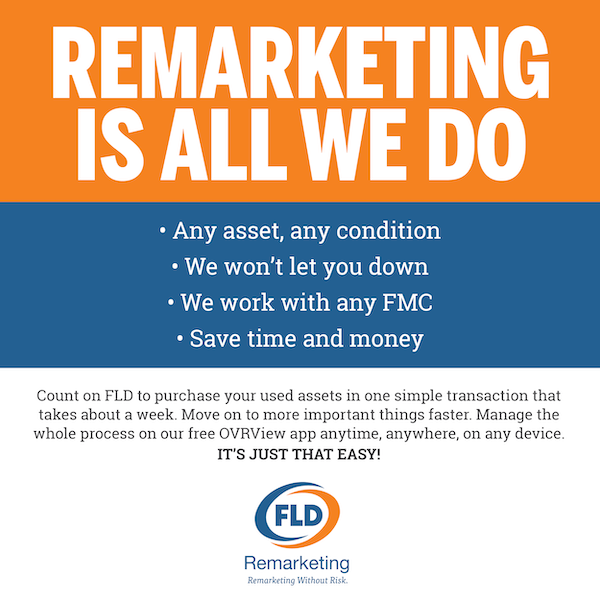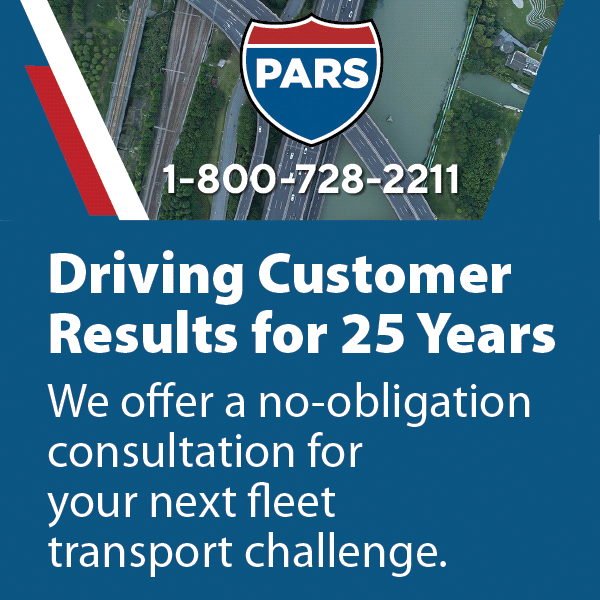
By Sumit Chauhan, Co-founder and Chief Operating Officer, CerebrumX
November 15, 2023
Connected vehicles record and collate a wide variety of data attributes specific to the car, driver, driving environment, and more, to be shared with apps and services for mutual benefits. For instance, everything from the vehicle’s speed, acceleration, and braking to live location, engine status, tire pressure, battery health, and potential faults are recorded. This sensory data holds tremendous value to be extracted and, in a unit, is referred to as connected car data.
As modern fleet vehicles evolve and develop the ability to connect to the internet, vehicle-to-vehicle and V2X communications are made possible to make car ownership more fulfilling and convenient.
What kind of data is being collected?
The demand for data-driven services in the automotive sector has witnessed a steep rise with the growth of the mobile economy and the resulting monetization of this connected vehicle data. Today, the importance of accessing valuable data and using it to improve driving experiences holds true for industries, including fleet management, auto insurance, smart cities and safe traffic flow management, electric vehicles, as well as OEM partners and data analytics teams.
The use of this data has many benefits, such as:
- Strengthened driver safety with access to real-time location, malfunction alerts, and driver behavior.
- Roadside assistance to drivers in need by live monitoring of vehicle health and performance.
- Predictive maintenance for fleets to proactively schedule maintenance routines to avoid breakdowns.
- Usage-based insurance for drivers based on their personalized driving trends and needs.
- Robust electric vehicle charging infrastructure based on rich and dedicated battery health insights.
- Smart city development by integrating data-driven decision-making in traffic flow management as well as emergency services.
What is the process of monetizing data?
 Recently, there has been more discussion around monetization of this data, and why this would be important to fleets, fleet management companies, and businesses operating a fleet of vehicles. Connected vehicle data monetization is the practice of generating revenue by leveraging and commercializing the data produced by vehicles with internet connectivity, enabling OEMs to focus on monetization through the fleet’s life cycle. It includes providing recurring revenues through a monthly subscription, providing premium connectivity, OTA upgrades, and much more.
Recently, there has been more discussion around monetization of this data, and why this would be important to fleets, fleet management companies, and businesses operating a fleet of vehicles. Connected vehicle data monetization is the practice of generating revenue by leveraging and commercializing the data produced by vehicles with internet connectivity, enabling OEMs to focus on monetization through the fleet’s life cycle. It includes providing recurring revenues through a monthly subscription, providing premium connectivity, OTA upgrades, and much more.
This process contributes to the creation of fresh opportunities within each market. It enhances the value of data and market assessment, supports the maintenance of a competitive edge, and fosters the improvement of customer experience while building customer loyalty.
The process of monetization is important because data is the currency of the 21st century. Companies that can access data, manage it intelligently and gain constructive insights, hold a competitive advantage over the competition. In fact, data-driven business models are no longer the preserve of Silicon Valley giants. Companies with products and services not directly related to data trading also use this space. The automotive industry is one of the sectors that can benefit the most from data monetization.
 Connected vehicles create new business opportunities and revenue streams from the use of data generation. However, strategic partnerships are essential for OEMs, fleets, fleet management companies, and businesses in order to truly leverage all of the different data found in vehicles. It is important to partner with the right data monetization platform that can standardize data effectively and collaborate with entities such as government agencies, high-tech vendors, insurers, maintenance and mobility groups, and consumer product entities.
Connected vehicles create new business opportunities and revenue streams from the use of data generation. However, strategic partnerships are essential for OEMs, fleets, fleet management companies, and businesses in order to truly leverage all of the different data found in vehicles. It is important to partner with the right data monetization platform that can standardize data effectively and collaborate with entities such as government agencies, high-tech vendors, insurers, maintenance and mobility groups, and consumer product entities.
Examples of monetizing data
As a few specific examples, fleet companies can partner with insurance providers to offer usage-based insurance policies. Insurance companies can use data on driver behavior and vehicle usage to calculate more accurate premiums. The fleet management company may receive a commission or a fee for providing this data.
 They can partner with telematics service providers to enhance their data analytics capabilities and create data-driven services for customers, such as predictive maintenance and driver behavior analysis. They can also partner with automotive OEMs to share data on vehicle performance, usage, and maintenance, which can be valuable for vehicle manufacturers for product improvement and research. This can result in data-sharing agreements or fees for data access.
They can partner with telematics service providers to enhance their data analytics capabilities and create data-driven services for customers, such as predictive maintenance and driver behavior analysis. They can also partner with automotive OEMs to share data on vehicle performance, usage, and maintenance, which can be valuable for vehicle manufacturers for product improvement and research. This can result in data-sharing agreements or fees for data access.
When partnering with other organizations to monetize connected vehicle data, it’s essential to consider data privacy, security, and compliance with relevant regulations such as GDPR or CCPA. Additionally, the terms of data sharing, usage, and revenue-sharing should be carefully negotiated and documented in contracts and agreements to protect the interests of all parties involved.
About The Author
 Sumit Chauhan is co-founder and chief operating officer of CerebrumX, with more than 24 years of experience in automotive, IoT, telecoms and healthcare. Sumit has always played the leadership role that allowed him to manage a P&L of close to US $ 0.5B across various organizations, such as Aricent, Nokia and Harman, enriching their domestic as well as international business verticals. As co-founder of CerebrumX, he has applied his experience in the connected vehicle data domain to deliver the automotive industry with an AI-powered augmented deep learning platform (ADLP). Sumit is also passionate about mentoring and guiding the next generation of entrepreneurs.
Sumit Chauhan is co-founder and chief operating officer of CerebrumX, with more than 24 years of experience in automotive, IoT, telecoms and healthcare. Sumit has always played the leadership role that allowed him to manage a P&L of close to US $ 0.5B across various organizations, such as Aricent, Nokia and Harman, enriching their domestic as well as international business verticals. As co-founder of CerebrumX, he has applied his experience in the connected vehicle data domain to deliver the automotive industry with an AI-powered augmented deep learning platform (ADLP). Sumit is also passionate about mentoring and guiding the next generation of entrepreneurs.




